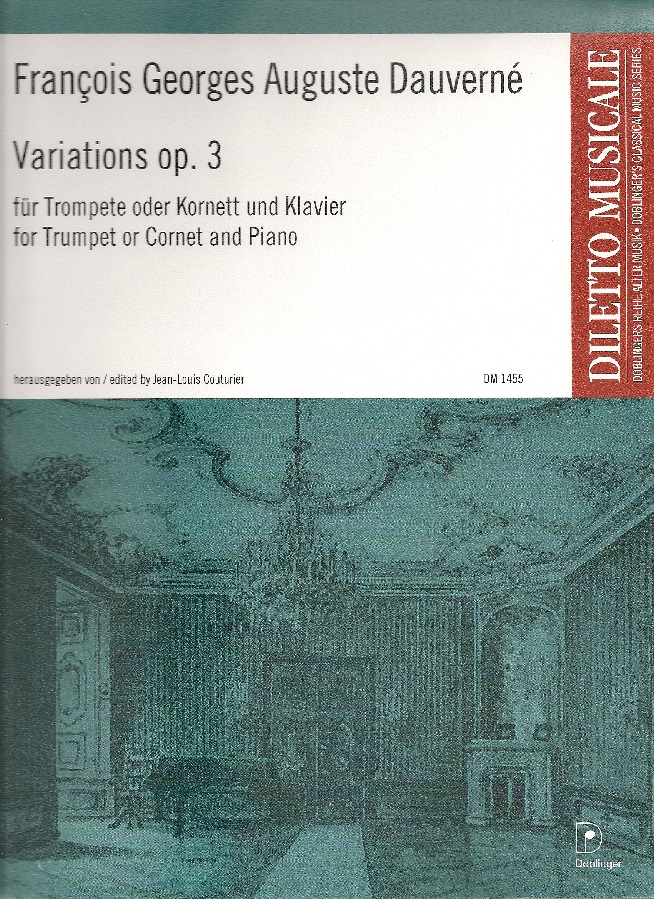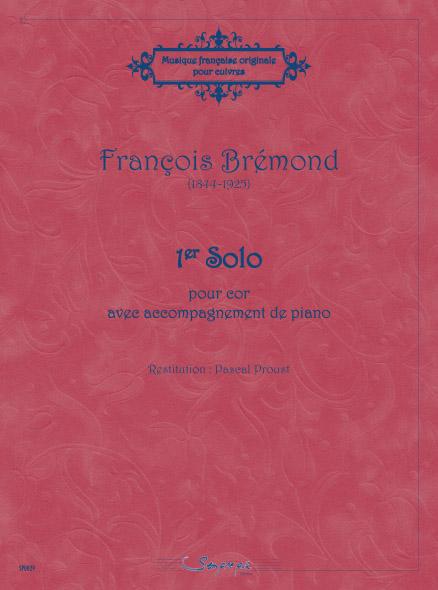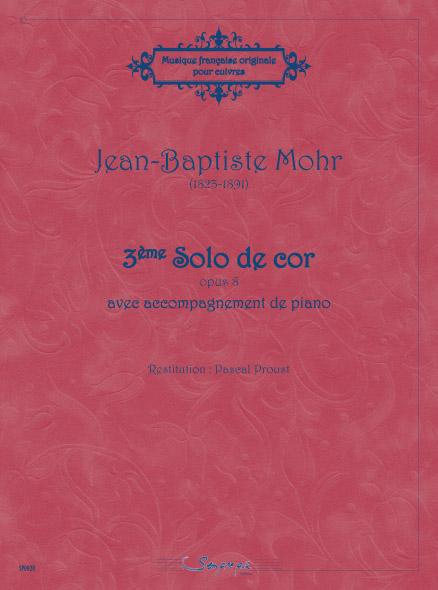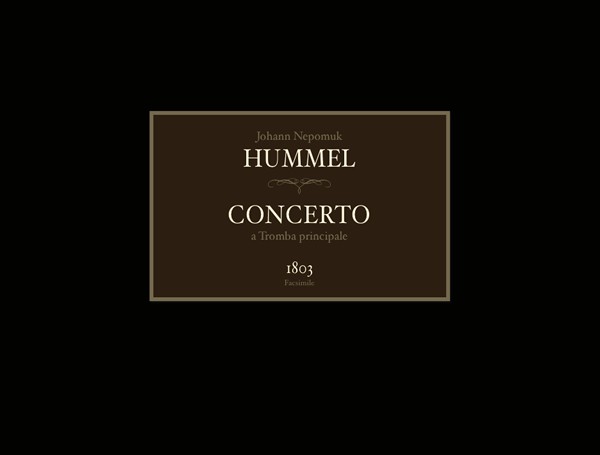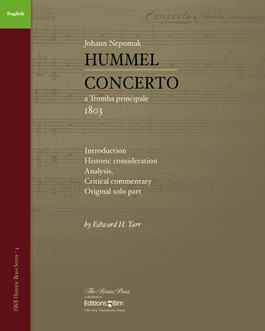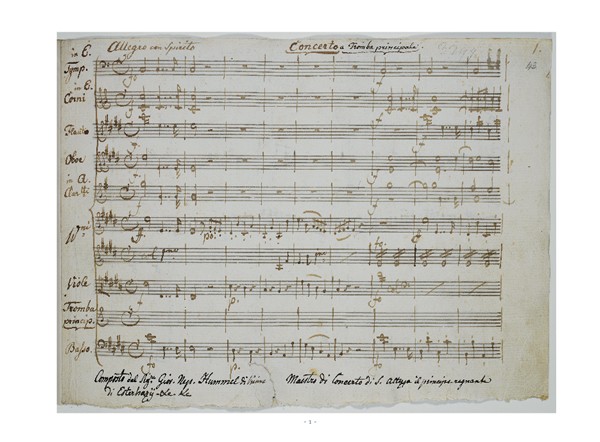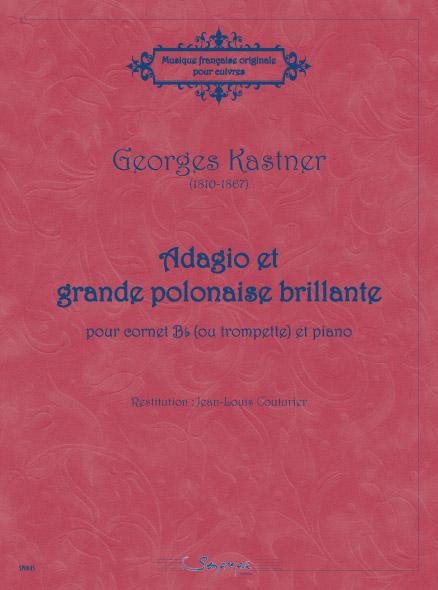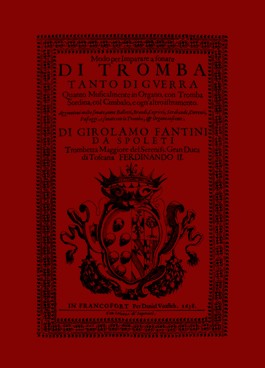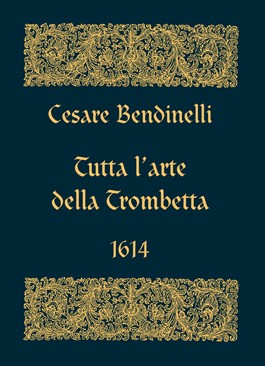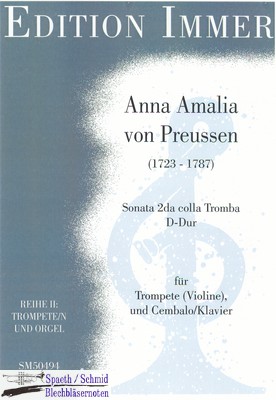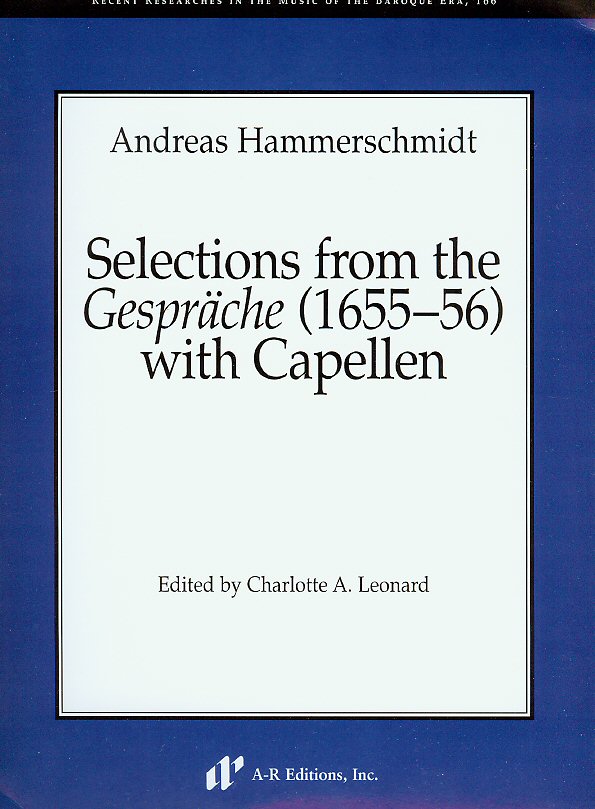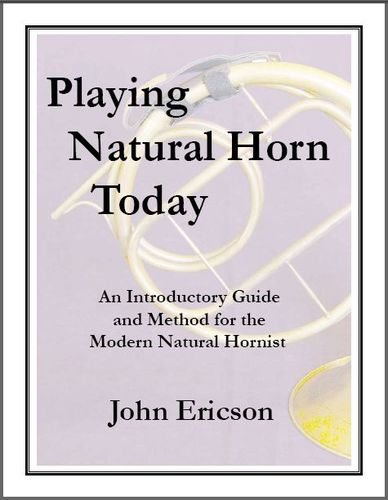
John Ericson, Playing Natural Horn Today: An Introductory Guide and Method for the Modern Natural Hornist (Tempe, Arizona: Horn Notes Edition: 2013).
For purchase and further information, click here.
Professor John Ericson, of Arizona State University, has recently published a short e-book designed to introduce the natural horn and its technique to modern horn players. Ericson is a performer and historian, who has presented lectures and published articles for the Historic Brass Society. His expertise is wide ranging, with a particular interest in the development and use of the valve horn in Germany and Austria during the nineteenth century.
Ericson’s goal in this book is convincing modern horn players to study the natural horn and provide them with tools they can use in that study. To that end, he offers several reasons for modern horn players to take up the study of the natural horn: development of accuracy, development of the ear, improved stopped horn technique on modern horn, and a better understanding of musical style (ii). These are all excellent reasons for any horn player to consider adding regular practice of the natural horn to their daily routine.
The book is divided into two main sections. The first section, entitled “Learning the Technique” (1-13), deals with basic concepts (harmonic series, hand-stopping, articulation, intonation, etc.) and equipment (mouthpieces, horns, and crooks). The second section of the book, titled “Music to Build Technique” (14-26), contains etudes written by Dauprat, Duvernoy, and Gallay, all edited by Ericson. The final pages of the book contain advice and suggestions for choosing duets and chamber music, some brief concluding thoughts, and lists of suggested method books and makers of natural horns.
Overall, I am very impressed at the amount of information that Ericson has packed into this book. He touches on a wide range of topics that will help any modern horn player get started successfully on the natural horn. The book contains many high quality color photographs, including clear demonstrations of proper hand technique inside the bell and examples of natural horns and crooking systems. The sections that are of particular interest are those that compare the technical specifications of modern and period horns and mouthpieces.
Natural horns and mouthpieces from the classical period are very different from their modern counterparts. The differences are important because they greatly affect the quality of the sound that a player is able to achieve on the instrument. Ericson provides excellent information regarding the physical dimensions of antique horns and mouthpieces. For example, the book contains a useful chart that compares the cup sizes of some common modern mouthpieces to those of the classical period. The main point of this comparison is to detail the fact that period mouthpieces do not possess back-bores and are typically much deeper than modern mouthpieces. Ericson points out that playing a natural horn with a modern mouthpiece results in a sound that is overly bright, if not strident, and diminishes the ability of the performer to manipulate pitches, achieve authentic articulations, and produce proper trills.
Many modern horn players have taken an old, obsolete valve horn and created their own “natural horn” by removing the valve section from the middle of the instrument. This operation is sometimes called a “valvectomy.” Dr. Ericson points out that the problem with such an operation is that the bell and bore dimensions of modern horns are much larger than authentic natural horns. The resulting problem is that most “valvectomies” produce instruments that don’t play or sound like true natural horns. Ericson suggests that if modern hornists cannot purchase a period natural horn or a replica from a reputable maker, the best solution may be to perform a “valvectomy” on a mellophone that dates from around 1900 because the dimensions of those instruments more closely resemble authentic natural horns.
The musical selections Ericson has included in this book will adequately serve any student of the natural horn in their attempt to develop good technique. They have been well edited, with clear and appropriate articulations. Furthermore, the technical challenges present in the exercises Ericson has chosen will expose players to the kinds of playing that both high and low horn players encounter.
Playing Natural Horn Today by John Ericson will make an excellent addition to the libraries of horn players. It is available as an e-book, in pdf format. It is possible to read and work from the book on your digital device, and you can also print out a hard copy of the text if you prefer to work that way. For those who prefer not to order online, the website includes email and postal addresses for contacting Ericson.
- Eric Brummitt
